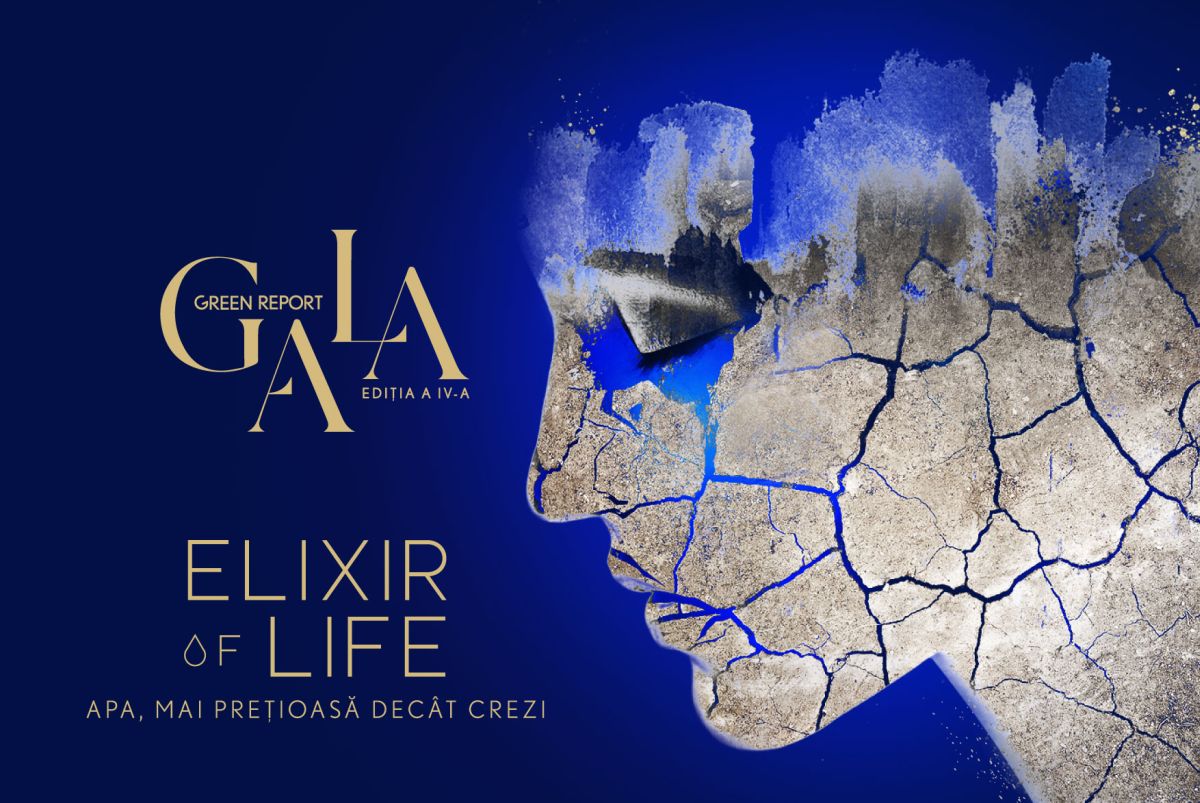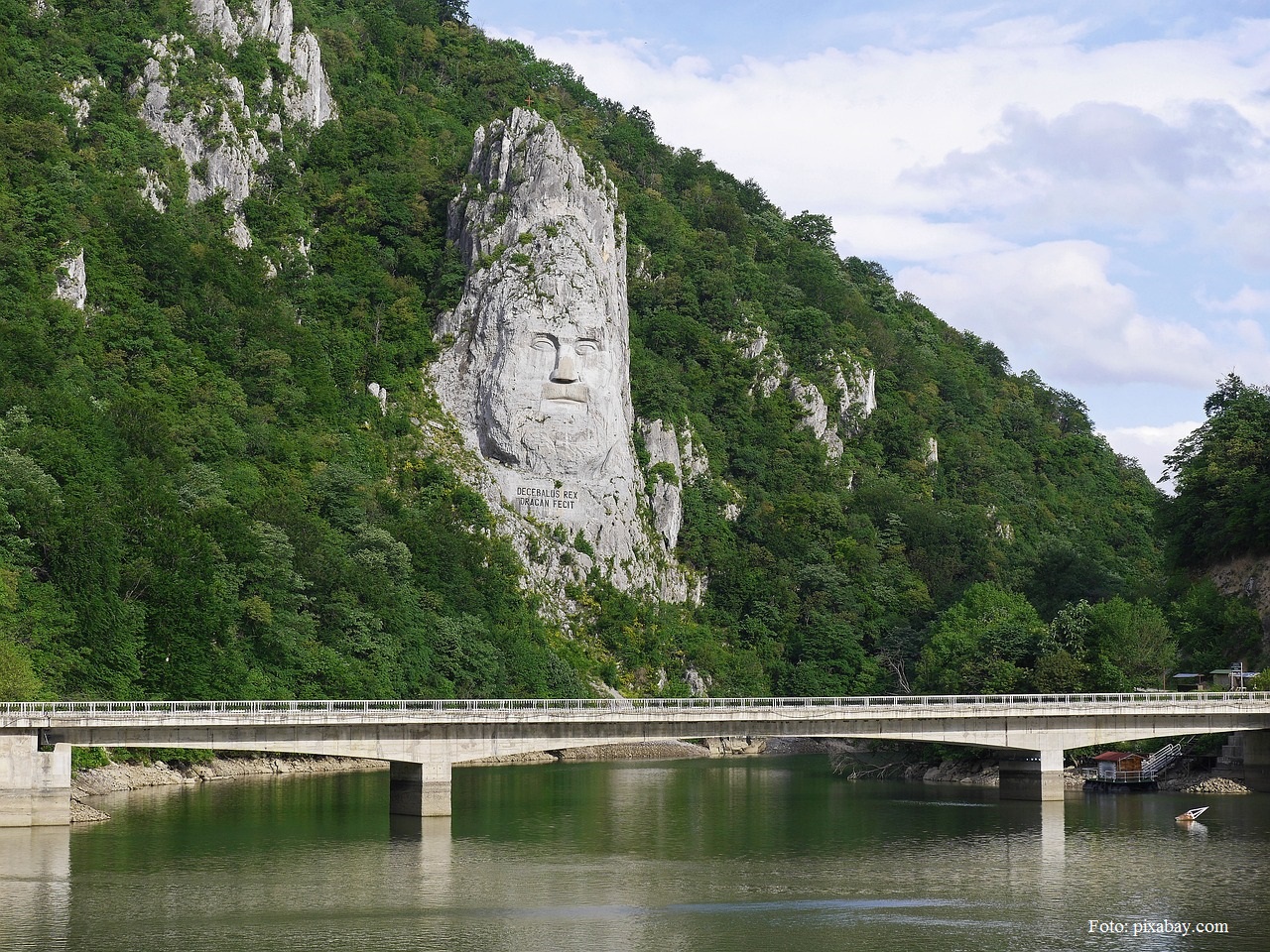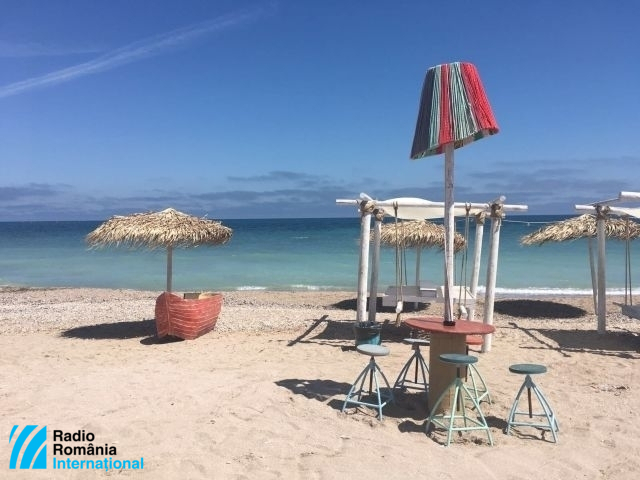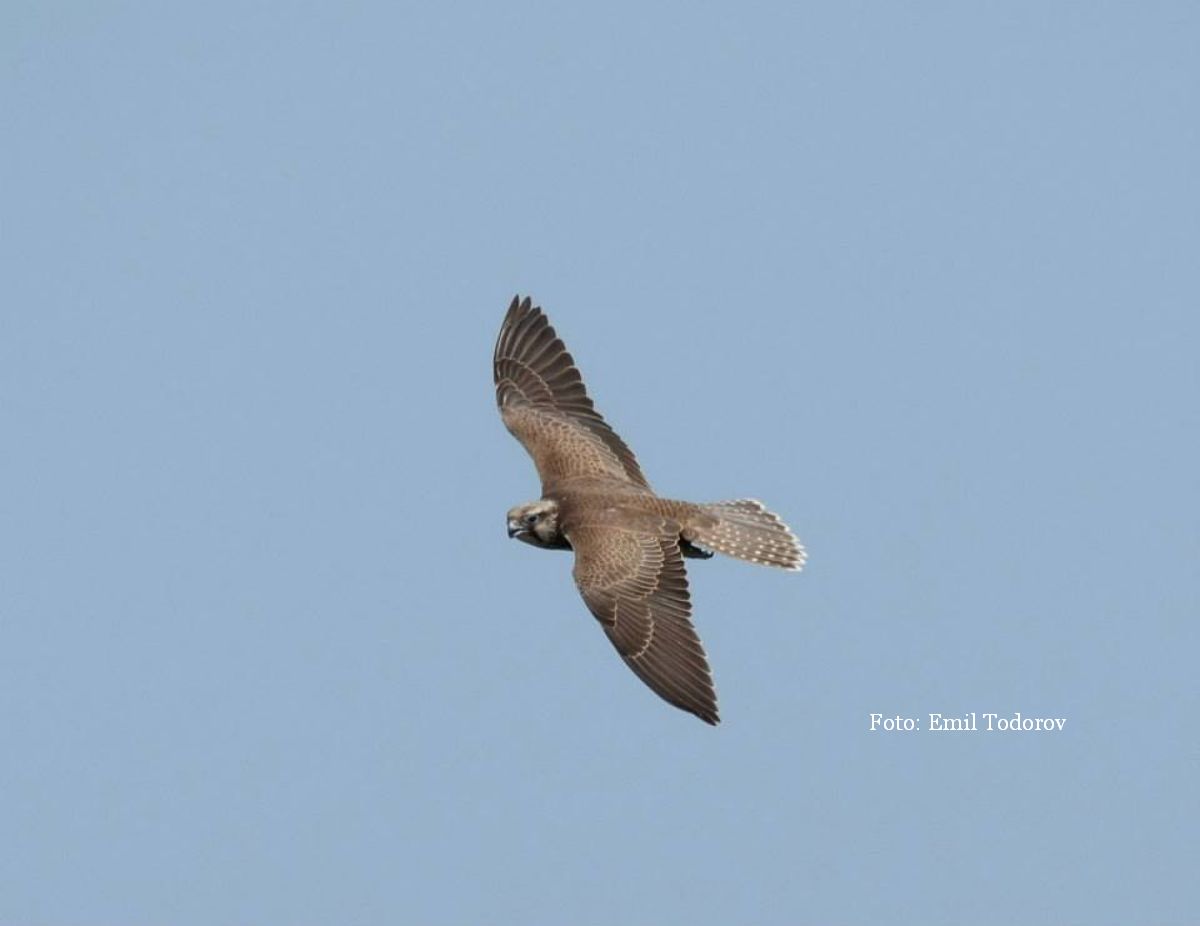The Rodna Mountain National Park
We invite you on a trip to the Rodna Mountain National Park, the widest protected area in the north east of the Carpathians, and the main tourist objective in Maramures, northern Romania.
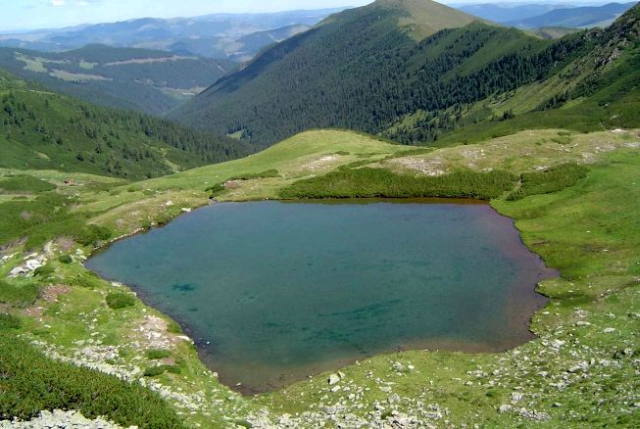
România Internațional, 25.07.2014, 12:23
The park covers the entire Rodna massif, and spreads over two counties, Maramures and Bistrita Nasaud, with a surface of 46,399 ha. It was declared a biosphere reserve in 1979, and is part of the “Natura 2000” European network.
The park also contains some of the highest peaks in the Eastern Carpathians, the Pietrosu Mare peak, 2,303 meters high, and the Ineu peak, 2,279 meters. Off the highest peak of the Eastern Carpathians you can see the rocky crests, rocky slopes and alpine pastures sheltering an extraordinary biodiversity, including eagles, marmots and chamois.
All local roads gather into a path winding around the Pietrosu Mare peak. Cascada Cailor is one of the most beautiful tourist attractions of the area. From spring to autumn, people brought their horses here to crop the grass. In the spring months, on the eastern side of Mount Saca, 1,600 meters high, flowers are in bloom. The reserve has over 5 ha.
Rodna’s thick forests shelter an impressive flora and fauna, as told by park director Doina Jauca: “The flora is well represented, with many endemic plants. We have over 2,000 superior plants, cold weather plants, protected by law. The fauna is impressive as well, with mammals such as bears, wolves, wild cats, chamois, marmots, deer, etc. There are over 600 species of butterfly, many kinds of fish, as well as birds, from mountain cockerels to eagles.”
The chamois, a symbol of the area, is actually represented on the coat of arms of Maramures County. Some of the best trophies come from this area, as evidenced by the 1899 trophy presented at the first hunting contest, held in Vienna. Years later, at the 1910 Vienna hunting contest, the best chamois trophy was also hunted in the Rodna Mountains. Another special species, protected by law, is the local variety of mountain cockerel.
The fantastic landscape in this area attracts many tourists, some who travel for recreation, but many coming for the curative effects of the local mineral waters. The main spa is in Sangeorz Bai.
The area also boasts some impressive cultural venues, such as the ruins of a 13th century Dominican basilica, monuments and museums, as well as the memorial houses of two of Romania’s most important writers, Liviu Rebreanu and George Cosbuc. Also well represented is rural tourism, with many households offering travellers traditional food in a rustic atmosphere. The park’s rangers make efforts to preserve biodiversity.
Doina Jauca: “Between 2004 and 2013 we implemented over 20 programs accessing funds for projects. The most important was the Operational Sectoral Program Environment, and we are even now running two more programs. The program called ‘Measures for the Conservation and Management of Biodiversity in the Rodna Mountains National Park’ is a project with a budget of over 250,000 Euro. The project aims to build a modern tourism center in Prislop Pass, the most popular venue in this area. You can watch there various movies on the flora and fauna of the park, you can go on guided treks, all this made possible by European funds provided to Romania.”
The park’s management is running 13 tourist programs of one to three days, with activities such as horse rides, rides in horse drawn carriages or sleighs, or simple treks on foot. There are also plenty of places to spend the night. The park boasts no less than 18 tourist trails and 5 theme trails.

